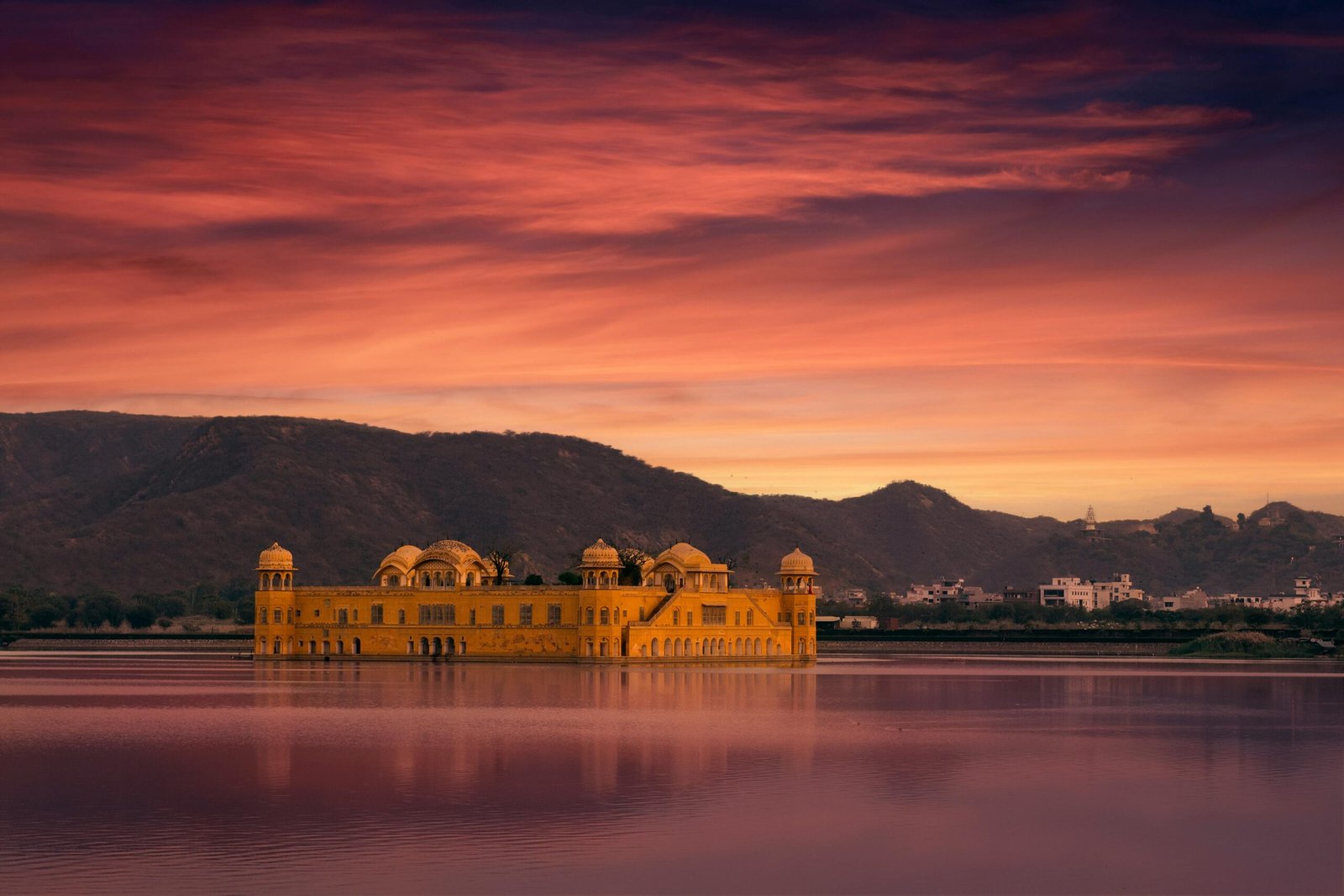Hostory of Jaipur India
Jaipur is the capital city of Rajasthan and is well known as the “Pink City” due to the special color of its buildings. It was founded in 1727 by Maharaja Jai Singh II, a Rajput ruler of Amber, a neighboring town. Jaipur’s establishment was not due to royal ambition but was also a strategic response to many challenges that the rulers of Amber faced. Before the establishment of Jaipur, Amber had been the capital of the Kachwaha Rajputs, but its location became unsustainable as the water source was lacking and the population was rising.
Jai Singh II decided to construct a new city from a safer and more planned plot, close to the hills of Aravalli. He worked in close connection with the architects and great scholars of his time to design such a city that would represent and signify Vastu Shastra, the ancient form of Indian architecture, besides satisfying the needs of today’s urban planning. He was also an astronomy enthusiast, and he built a giant observatory in the city known as Jantar Mantar for the study of heavenly bodies. His reign marked the commencement of Jaipur’s rich architectural heritage, which would come to define the city.
Jaipur was planned with considerable care. The streets, markets, and administrative as well as residential zones were placed in wide streets. The planning is based on the grid system, largely because of the influence of traditional Hindu texts on architecture. It is a nine rectangular sector city where the City Palace is considered to be the center while the nine sectors represent nine planets of the solar system. The architectural designs of the city were influenced by a mix of Hindu, Mughal, and European styles, which is well reflected in its monuments and structures.
Monuments of Jaipur
The monuments in Jaipur reflect the city’s rich history of being a royal town, with architectural beauty, grandeur, and strategic design. Some of the notable monuments are as follows:
City Palace-Jaipur
The City Palace is located in the heart of Jaipur. It is a stunning blend of Mughal and Rajput architecture. The palace complex was constructed between 1729 and 1732 by Maharaja Sawai Jai Singh II and houses several courtyards, gardens, temples, and museums. The palace is divided into sections and includes the Chandra Mahal, which remains in use as the royal family’s residence, and Mubarak Mahal, now a museum of royal artifacts. The great cultural and artistic heritage of Rajasthan is reflected in the wonderful architecture of the palace, its courts, gates, and small frescoes.
Hawa Mahal
Hawa Mahal or the “Palace of Winds” is one of the famous landmarks of Jaipur. It was constructed in 1799 by Maharaja Sawai Pratap Singh, to enable royal women to view street life and festivals without being seen in accordance with the purdah system. The five-story structure comes in the form of a honeycomb, with 953 minute windows or ‘jharokhas’ that allow air penetration and create a unique honeycomb structure. The palace is comprised of red and pink sandstone, which only augments the “Pink City” look.
Amber Fort
Amber Fort lies adjacent to Jaipur in Amber-or Amer. It is one of Rajasthan’s most well-known forts and an iconic heritage symbol of the region’s monarchial past. Amber Fort was originally constructed in the 16th century by Raja Man Singh I. It has been expanded and renovated over time. It is a magnificent example of Rajput architecture, which carries elements both of defense and aesthetic values. The fort is endowed with structures like the Diwan-i-Aam or the Hall of Public Audience, Sheesh Mahal or Mirror Palace, and Sukh Niwas or the Hall of Pleasure. Decorative walls, courtyards, and gates are also part of it. The fort offers landscapes of the landscape that has unfolded before it as well as the Maota Lake.
Jantar Mantar
Jantar Mantar is an 18th-century astronomical observatory built by Maharaja Jai Singh II, near City Palace. It is one of the largest observatories of its form in the world, boasting a collection of architectural astronomical instruments. The most renowned instrument of Jantar Mantar is the Samrat Yantra, which can be essentially said to be the largest sundial in the world that works efficiently even today. The observatory has a variety of instruments to measure time, to predict eclipses, or to trace the celestial bodies. Due to its scientific and historical importance, it is a World Heritage Site.
Jal Mahal
The Jal Mahal, or the “Water Palace,” is an architectural marvel found at the middle of Man Sagar Lake in Jaipur’s periphery. This palace, designed in the 18th century by Maharaja Jai Singh II, features a very intriguing combination of Mughal and Rajput architectural elements that give it an air of floating over the water, given its position. The palace has five floors and four of these are underwater too, in case the lake gets completely filled. It’s not accessible for tourists, but provides a good visual treat and a very famous photograph spot for visitors and photographers. The surroundings have also been developed as a park for the tourists.
Nahargarh Fort
Nahargarh Fort, located on the Aravalli Hills, offers scintillating views of the city of Jaipur. The fort was built in 1734 by Maharaja Sawai Jai Singh II as a retreat and defensive structure, and it is characterized by its blend of European and Indian architectural styles. Nahargarh Fort is famous for its step-wells, decorated interiors, and beauty. The fort also has an accommodation called the Madhavendra Bhawan, suite of suites with frescoes intricate. The fort is pretty famous for offering one of the best sunset views overlooking Jaipur.
Albert Hall Museum




